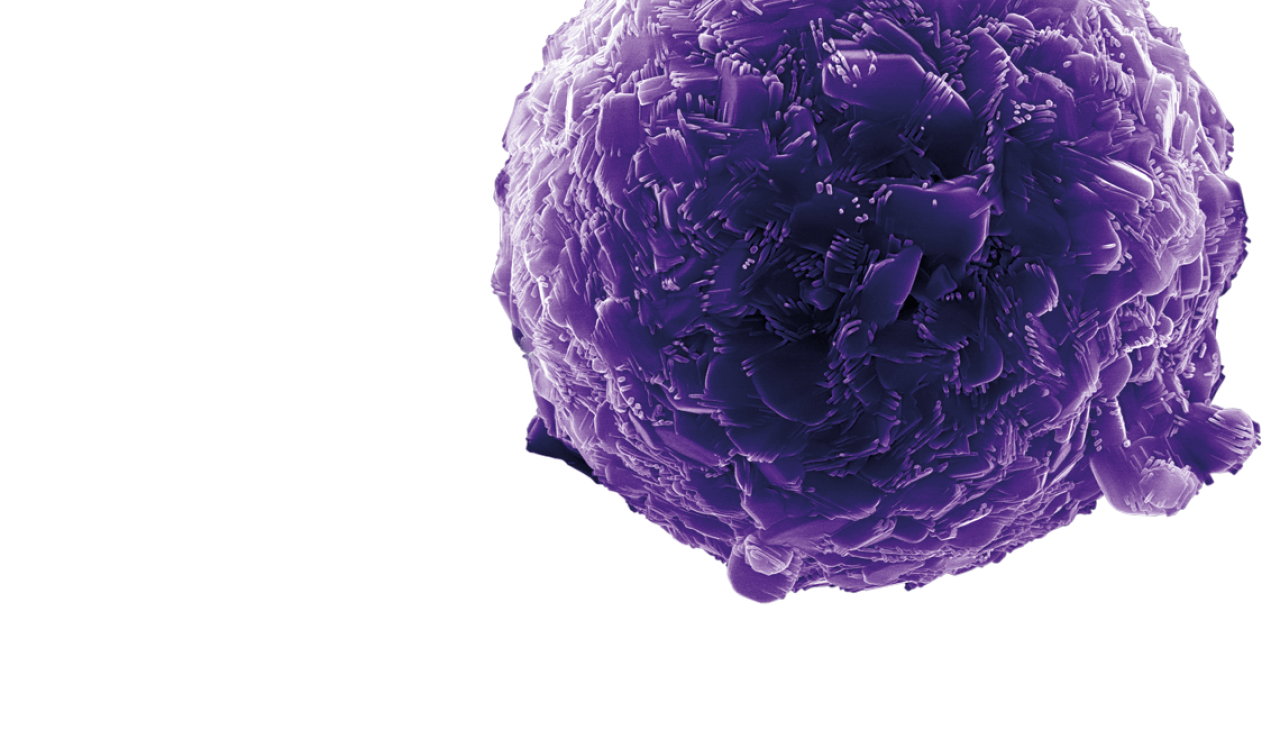Press Room
AAPS 2021 PharmSci 360

We are ready to safely return to AAPS PharmSci 360 in Philadelphia and we look forward to seeing you.
Schedule a meeting at the Hovione's booth (#1202) or online

HOVIONE PRESENTATIONS AT AAPS
Join Hovione Scientists in their virtual oral presentations and poster abstracts and find out more about their latest research and innovation.

|
Maria Paisana - Senior Analytical Scientist, Analytical Development Group
Presentation: Make it Flow: Can Ring Shear Tester Predict Flowability Through Hoppers?
Poster: Ring Shear Tester: The importance of Shear and Wall Friction Methodology for Arching Tendency Predictions

|
Luís Sobral - Fellow Scientist, R&D
Presentation: Modeling Chemical Reactions with Quantum Mechanics

|
Ricardo Gonçalves - Analytical Scientist, R&D Analytical Development
Presentation: Understanding Dry Powder Inhalers Formulations: Role of Surface Polarity of lactose mixtures

|
Beatriz Noriega-Fernandes - Scientist, Inhalation and Advanced Drug Delivery Group, R&D
Poster: Spray-Dried Composite Formulation Containing DSPC for Lung Sustained Release

|
Luís Sousa - Senior Analytical Scientist, R&D Analytical Development
Poster: Evaluation of the Relaxation State of Amorphous Itraconazole Using Solution Calorimetry
From feasibility to commercial: Integrated Dry Powder Inhalation solutions to help bring inhaled medicines to patients
Let’s discuss your project together.

